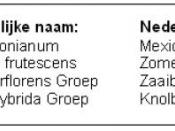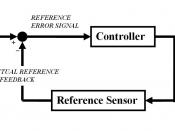Sarojnee Devi Haulder PTLLS Level 4 Practical Question 5
Explain different methods of Feedback
Learning is an active process. To learn, we need to plan what we're going to do; attempt to do it and then receive feedback on our work. We then use this feedback to improve the work we have just done; or, more often in education, to ensure that the next work we do embraces what we have learned. Feedback also affects how we feel about our work, and inevitably also about ourselves; feedback thus also affects student motivation.
Feedback can be delivered in a number of styles. Methods which can deliver a higher payoff for both trainers and students are: Self assessment, Students comparing work, Individual learning development plans, Peer-marking with feedback, Presentations by students, Verbal feedback to individuals, Feedback Sandwich and Verbal feedback to whole class.
Carl Rogers places self assessment at the start and heart of the learning process.
And the learning from experience cycle devised by Kolb places heavy emphasis on self assessment. It is most important that we reflect in a way that enables us to learn. This involves not blaming the students or our self for anything that went wrong but instead trying to identify why things worked or didn't work. Try to learn the general principles of what works, and then you can use these principles to work out how to teach better in the future. It can be made by learners as well where they can make judgement about their own work.
An easy method of feedback is just by allowing the learners to compare their work. This will allow them to correct their mistakes and improve their work. And Peer Assessment is where a pupil's work is judged by fellow pupils.
Individual learning plans form a 'route map'...


